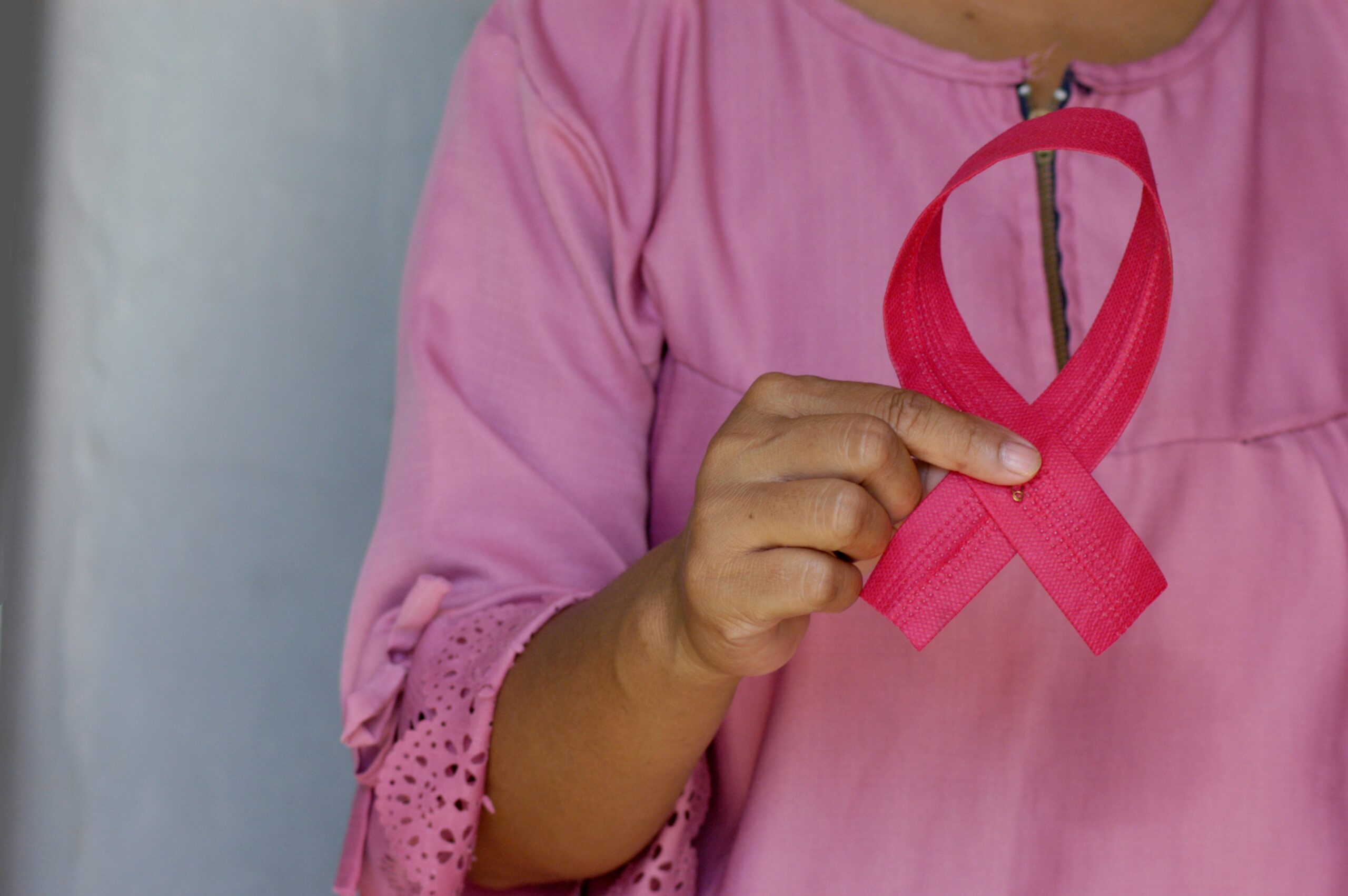Cancer is a complex and multifaceted group of diseases characterised by the uncontrolled growth and spread of abnormal cells in the body. It can affect virtually any organ or tissue and has profound implications for health, well-being, and quality of life. Understanding cancer, including its causes, risk factors, and treatment options, is essential for early detection, prevention, and effective management. In this article, we’ll delve into the fundamentals of cancer, exploring its underlying mechanisms, common types, and strategies for prevention and treatment.
1. What is Cancer? Cancer is a term used to describe a group of diseases characterised by the uncontrolled growth and division of abnormal cells. Normal cells in the body grow, divide, and die in a controlled manner as part of the body’s natural processes. However, cancer cells evade this regulatory mechanism and continue to proliferate uncontrollably, forming tumours and invading surrounding tissues. Cancer cells can also spread to other parts of the body through a process known as metastasis, leading to the formation of secondary tumours in distant organs.
2. Causes and Risk Factors: The development of cancer is often the result of a complex interplay between genetic, environmental, and lifestyle factors. While the exact causes of cancer are not fully understood, several known risk factors can increase an individual’s likelihood of developing cancer, including:
– Genetic predisposition: Inherited mutations or genetic predispositions can increase the risk of certain types of cancer, such as breast cancer, ovarian cancer, and colorectal cancer.
– Environmental exposures: Exposure to carcinogens, such as tobacco smoke, ultraviolet (UV) radiation, asbestos, and certain chemicals, can damage DNA and increase the risk of cancer.
– Lifestyle factors: Unhealthy lifestyle choices, including tobacco use, poor diet, lack of physical activity, excessive alcohol consumption, and obesity, can contribute to the development of cancer.
– Age and gender: Cancer risk increases with age, and certain types of cancer are more common in specific age groups or genders. For example, prostate cancer is more prevalent in men, while breast cancer is more common in women.
3. Common Types of Cancer: Cancer can affect virtually any part of the body and can be classified into various types based on the tissues or organs where it originates. Some of the most common types of cancer include:
– Breast cancer – Lung cancer – Colorectal cancer – Prostate cancer – Skin cancer (melanoma and non-melanoma) – Bladder cancer – Leukemia – Lymphoma – Pancreatic cancer – Ovarian cancer
4. Prevention and Treatment: Prevention and early detection are crucial for reducing the burden of cancer and improving patient outcomes. Strategies for cancer prevention include:
– Avoiding tobacco use and exposure to secondhand smoke – Maintaining a healthy weight through diet and exercise – Limiting alcohol consumption – Protecting against UV radiation from the sun – Vaccinating against cancer-associated viruses, such as human papillomavirus (HPV) and hepatitis B virus (HBV) – Screening for cancer through regular screenings, such as mammograms, Pap smears, colonoscopies, and prostate-specific antigen (PSA) tests
Treatment options for cancer vary depending on the type, stage, and location of the disease but may include surgery, chemotherapy, radiation therapy, targeted therapy, immunotherapy, and hormone therapy. Multidisciplinary approaches, including a combination of treatments, are often used to achieve the best possible outcomes for patients with cancer. Understanding cancer will give you a huge advantage and will give you the best chance possible.
Cancer is a complex and heterogeneous disease that poses significant challenges to individuals, families, and communities worldwide. By understanding cancer, including its causes, risk factors, and treatment options, we can empower ourselves to take proactive steps towards prevention, early detection, and effective management. Through continued research, education, and advocacy efforts, we can work towards reducing the burden of cancer, improving patient outcomes, and ultimately finding a cure for this devastating disease.
By cancer-research.org team.




